Educational Equine Wellness Series
April 14, 2021 Comments Off on Educational Equine Wellness Series
Animal Wellness Action The New York-based Equine Collaborative International (ECI), Animal Wellness Action, the Animal Wellness Foundation, Monty Roberts, Dr. Maria Katsamasis, Frank Lovato, Jr., and Bernice Ende have teamed up to produce an equine educational webinar series. Each year including 2020, ECI has held an in-person March Meet-Up in Western New York to raise […]
Continue reading …AAEP Publishes Equine Parvovirus-Hepatitis Virus Guidelines
April 13, 2021 Comments Off on AAEP Publishes Equine Parvovirus-Hepatitis Virus Guidelines
The American Association of Equine Practitioners (AAEP) has published on its website comprehensive guidelines to educate practitioners about transmission, risk factors, clinical signs and other considerations pertaining to equine parvovirus-hepatitis virus (EqPV-H), a recently discovered virus capable of causing hepatitis in infected horses. Two distinct etiologies of EqPV-H infection are recognized: biologic transmission and non-biologic […]
Continue reading …Training Young Horses- Science Behind the Benefits
April 8, 2021 Comments Off on Training Young Horses- Science Behind the Benefits
“Short-term dynamic exercise as an adolescent can lead to beneficial changes in bone morphology, increased fracture force, and reduced fracture risk at maturity… Knowledge of bone modeling and remodeling justifies that exercise during growth is beneficial, if done properly.”
Continue reading …Free Webinar- The Pre-Purchase Exam- Making a Sound Investment
April 6, 2021 Comments Off on Free Webinar- The Pre-Purchase Exam- Making a Sound Investment
Join us for a webinar! This special AQHA edition of For the Love of the Horse is something you won’t want to miss. These free, interactive, live (and on-demand) webinars feature experts on horse health topics you can add to your care routine today!
Continue reading …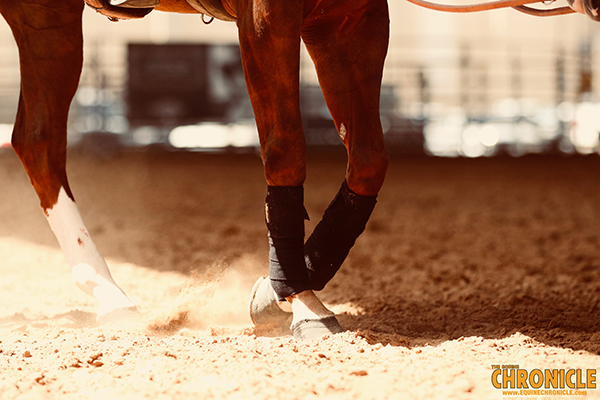
While it does not resolve every pain-related issue under the sun in equines, it can improve recovery situations or overall quality of life for many. Before we delve into when one should or should not consider bute for their horse, let’s learn a little more about the drug itself.
Continue reading …Industry Leaders Responding to Uptick in Foal Diarrhea Cases
March 31, 2021 Comments Off on Industry Leaders Responding to Uptick in Foal Diarrhea Cases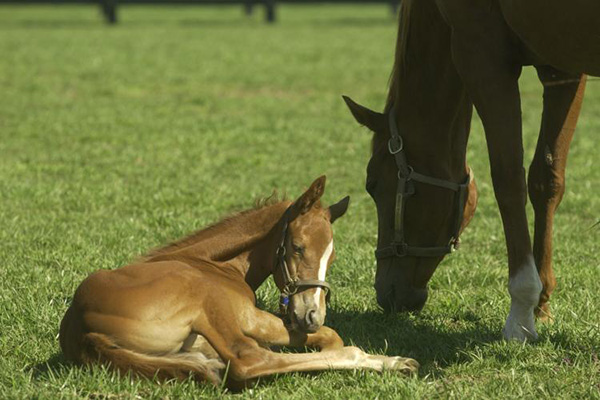
“Anytime we recognize an increased incidence in equine health cases, such as foal diarrhea, we prepare and mobilize to further our understanding of the health issue,” said David Horohov, chair of the Department of Veterinary Science and director of the Gluck Equine Research Center. “Early detection and rapid diagnostics are at the cornerstone of what drives our research approach.”
Continue reading …Why Selenium and Vitamin E Are Given Together
March 30, 2021 Comments Off on Why Selenium and Vitamin E Are Given Together
E and Se are often supplemented together, but contrary to popular belief they do not actually work together, nor is their absorption from the intestinal tract connected in any way.
Continue reading …A Horse is the Ultimate Dance Partner
March 30, 2021 Comments Off on A Horse is the Ultimate Dance Partner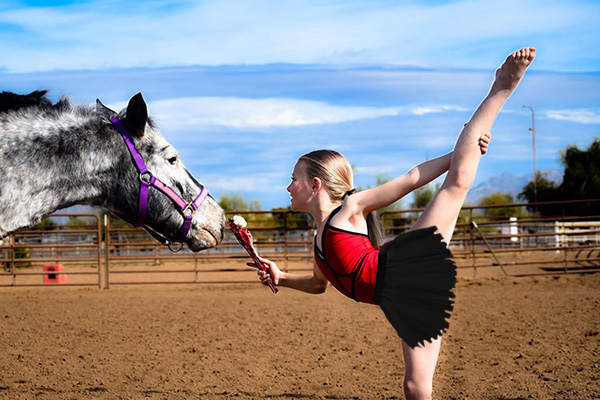
“All of these sports require self awareness and being physically fit. Together, this combination compliments each discipline. Kinsey’s flexibility is an asset to being an equestrian. Riding horses requires us to use our bodies in a way only riding does. Having loose joints and supple muscles makes it easier for our bodies to give and move with the horses.”
Continue reading …Electrolyte Supplementation for Equine Athletes?
March 26, 2021 Comments Off on Electrolyte Supplementation for Equine Athletes?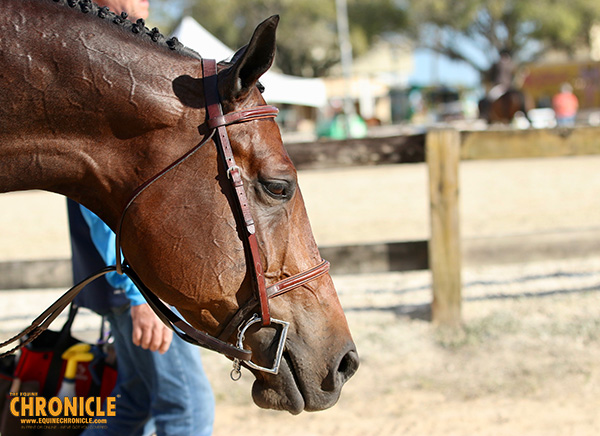
Adding electrolytes to the diet is frequently done in human athletics. This concept is often applied to equine athletes, but is supplementation of electrolytes in horses truly necessary?
Continue reading …“He’s Not an Appaloosa. His Spots Move”…
March 25, 2021 Comments Off on “He’s Not an Appaloosa. His Spots Move”…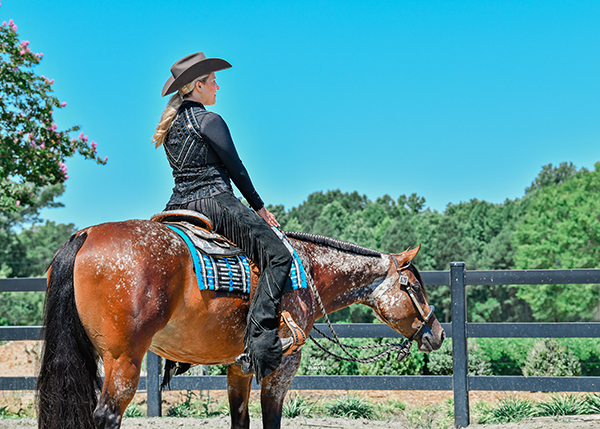
“His spots do change,” Liz says. “It’s crazy. They will come back and go away as he sheds out. It moves around. It’s not like it’s pigment because he doesn’t have pink skin. It’s just the hair.”
Continue reading …







